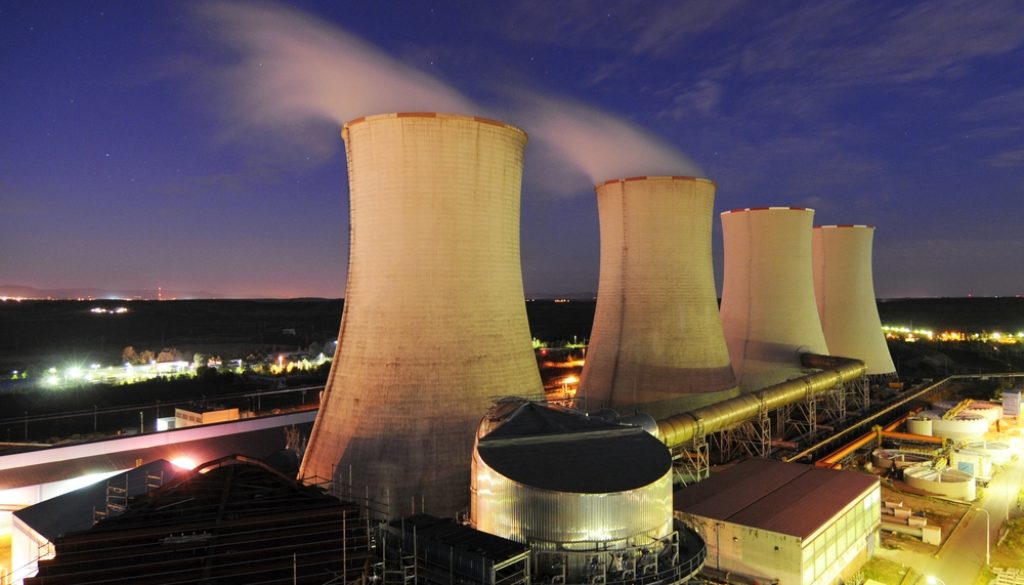A DOE Budget for a Dirty Energy Future
By Arjun Krishnaswami, Natural Resources Defense Council
President Trump has once again proposed to slash the budget for clean energy innovation at the U.S. Department of Energy (DOE), eliminate several highly successful programs, and cancel funds that Congress gave the agency in prior years. We hope his dangerous proposal is once again dead-on-arrival—for the sake of our economy, environment, and America’s clean technology leadership.
The president’s Fiscal Year 2021 proposal comes less than a week after NRDC testified at a U.S. House oversight hearing that the Trump administration has been flouting congressional intent by delaying clean energy funds from getting out the door and slowing the hiring of new staff in order to prevent the agency from working smoothly. We fear that another budget request full of cuts and cancellations is a sign the agency will continue to slow spending and prevent hiring.
Among other things, the president wants to cut the budget for the Office of Energy Efficiency and Renewable Energy (EERE) by 75 percent and eliminate the successful Advanced Research Projects Agency–Energy (ARPA-E), Loan Programs Office, and Weatherization Assistance Program.
DOE funds researchers, businesses, organizations, and local governments to advance clean energy technologies and bring their benefits to more people. These programs have already helped revolutionize cornerstone clean energy technologies like solar panels, wind turbines, LED bulbs, and electric vehicles. As a result, the R&D programs are incredibly smart investments: for every dollar invested, $33 of economic benefitsflow to the public.
Cutting the budget means starving the American people of further job growth and energy bill savingsؘ—and slowing progress on technologies that can reduce dangerous air pollution and curb climate-warming emissions.
Congress must once again reject these ridiculous budget cuts just as it has ignored similar proposals in the president’s past three budget requests and instead increased funding each year. But even with an eventual rejection from Congress, there could be a risk that DOE will use it to justify delays in spending or cuts to staff.
Lawmakers should not only increase funding for clean energy innovation but also provide clear, specific direction in the spending bill, combined with diligent oversight, to ensure that DOE spends funds on time and does not rescind appropriated money from prior years.
Disastrous Cuts to Important Programs
While more details will come out in the coming weeks, the budget released yesterday made clear that the administration wishes to gut or eliminate key clean energy programs.
The budget request proposes an astounding 75 percent cut to EERE, which houses most of the agency’s work to advance renewable energy, sustainable transportation, and energy efficiency technologies. The proposal also includes a cancellation of $58 million in funds still unspent from previous years. In other words, even though Congress appropriated the money for clean energy activities, the president wants to just zero out that money before it is put to use in the current fiscal year.
The budget request would also eliminate the Weatherization Assistance Program, which provides energy efficiency upgrades for low-income households. The program has reduced energy costs for more than 7 million low-income households and, thanks to the decrease in energy consumption, helped avoid the need for new power plants and grid infrastructure. These savings, combined with other benefits like improved health, total $4 of gains for every dollar invested. The president wants to eliminate the program even though it is consistently oversubscribed, leaving many low-income people living in drafty or unsafe homes without the assistance they need.
The Advanced Research Projects Agency–Energy (ARPA-E) is also slated for elimination. ARPA-E funds energy projects that have the potential to transform our energy system but are not supported by other agency programs. ARPA-E has funded projects that have led to the formation of more than 71 new companies, including businesses working on the next generation of energy storage or novel solar panel technologies. The president’s budget not only would eliminate ARPA-E but also cancel $332 million in funds from prior years—funds that Congress has already given the agency and has indicated it wants invested in clean energy innovation. (DOE can carry funding over into the next fiscal year if it does not finish issuing all grants before the end of the current one.)
Similarly, Trump proposed to eliminate the Loan Programs Office (LPO), which guarantees loans for innovative energy technologies and has provided more than $30 billion in financing or assistance over the past decade. LPO plays a critical role in helping critical clean energy technologies make it from the lab to American homes and businesses. For example, LPO supported some of the first major large-scale solar projects in the United States, helping kickstart a now booming solar industry.
The Budget Won’t Fly—But It’s Still Dangerous
The proposed cuts are hopefully dead on arrival, as they have been the past three years. Even so, the president’s budget is still dangerous, if DOE uses it as a justification to withhold appropriated funds or delay getting funds out the door.
As I testified last week, this administration’s DOE has failed to deploy clean energy funds on time, canceled funding opportunities, and decreased the number of staff to do the agency’s critical work. EERE and ARPA-E have consistently deployed funds more slowly than in prior years, and EERE has 400 fewer staff than it would if it had kept up with the budget increases over the past 3 years.
Congress must make sure that DOE spends this year’s money on time through continual oversight of the agency, and in parallel provide specific direction to DOE for the FY21 budget to make sure the agency staffs up and funds early and applied projects for promising clean energy technologies.

